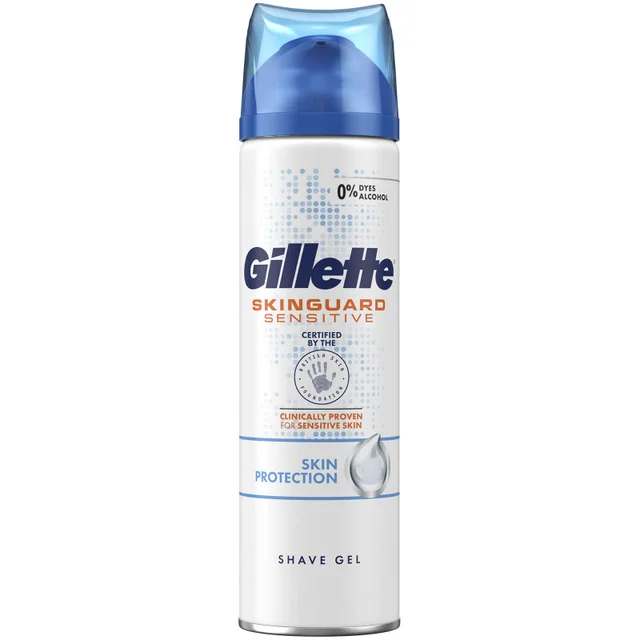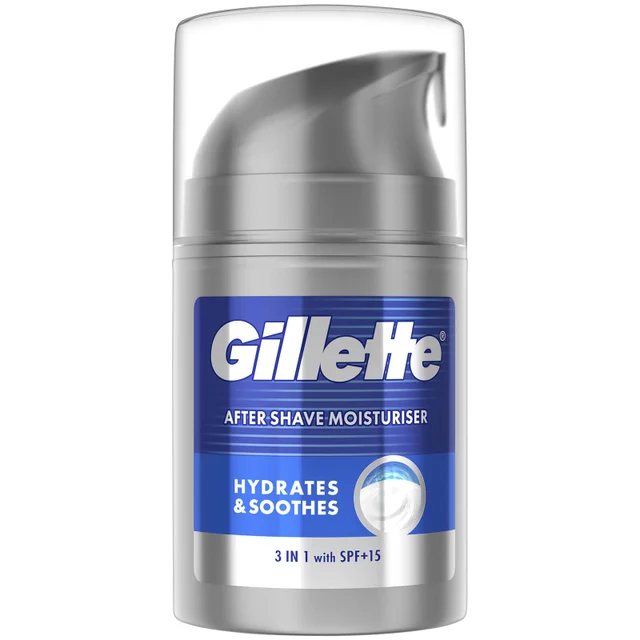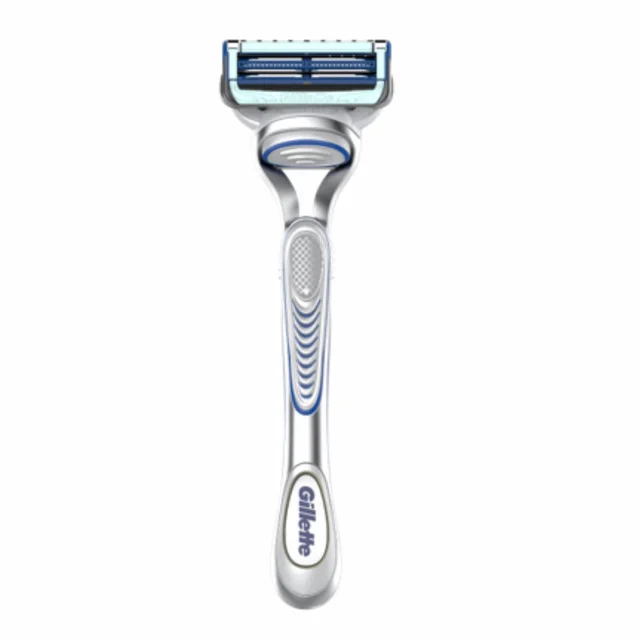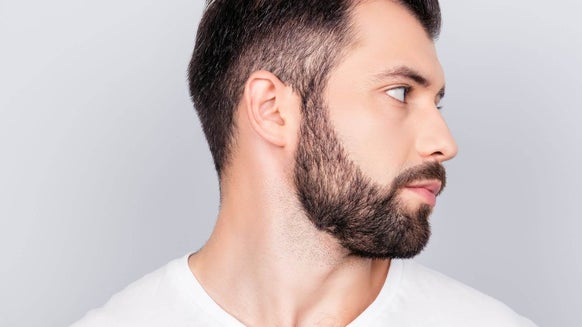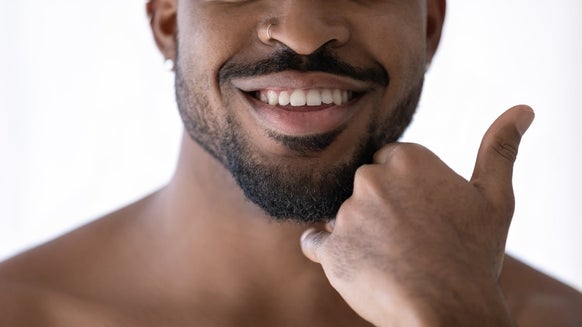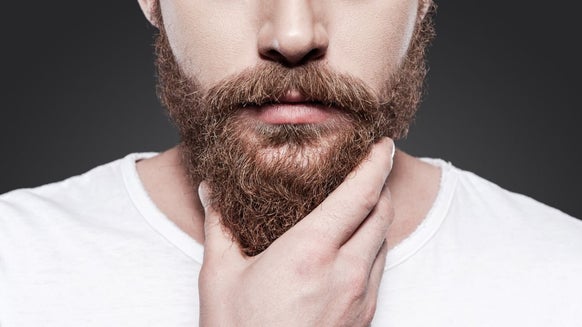How to Get Rid of Razor Burn
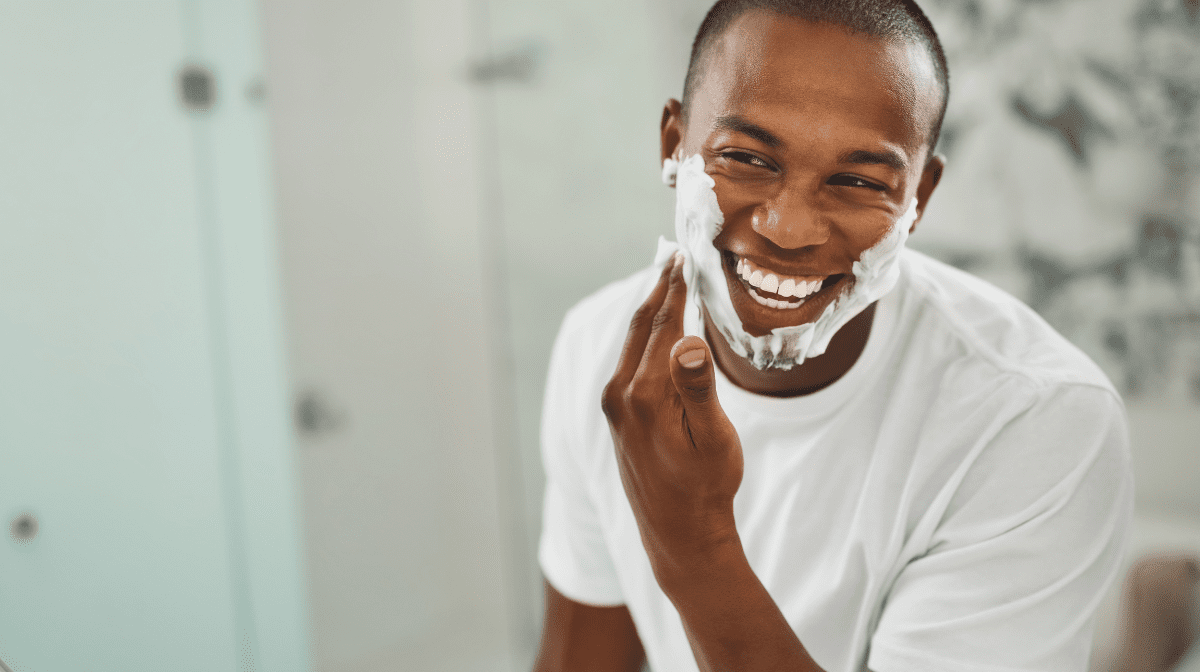
Razor burn, or shaving rash, is something we all face from time-to-time. But with the right steps, it can be managed. Discover the causes, prevention tips, and treatments below, and learn how to help get rid of razor burn or shaving rash.
What is Razor Burn?
Razor burn, or shaving rash, is a skin irritation that can be caused by dry shaving, shaving too aggressively, or shaving with dull blades. Typically, it starts to appear a few minutes after shaving, and often takes the form of a rash or burning patches on skin although it can also manifest as a burning sensation on skin and no rash. Razor burns, or shaving rashes, can occur on any part of your body. You may get a razor burn on your face, especially if you have sensitive skin or don’t adopt the best shaving techniques. Similarly, you may get a burning rash on neck areas that are difficult to reach.
Sensitive areas also include your armpits and pubic area. An armpit razor burn or shaving rash down there can be very uncomfortable. If you’re wondering how to help avoid razor burn on inner thighs, pubic area or any other body part like legs and chest, read on as we will explain how to help prevent razor burn.
Take on Razor Burn with SkinGuard Sensitive
At Gillette, we’ve been designing razors for over 117 years, so we know all about razor burn, and the discomfort it causes so many men on a daily basis. We grew tired of seeing so many men suffer with irritation following a shave, so we decided to do something about it.
Gillette SkinGuard Sensitive is the first razor designed especially for men with sensitive skin, to shield them from irritation. It does this by absorbing some of the pressure from your hand as you shave, resulting in a lighter, less-irritating experience. What’s more, SkinGuard Sensitive Blades are evenly spaced to reduce tug and pull for a more comfortable shave. SkinGuard Sensitive is the only razor to be recognised by the British Skin Foundation as a product that addresses the symptoms of razor burn and shaving rash.
What Causes Razor Burn and Shaving Rash?
Dry Shaving
You’re in a hurry and shaved your armpit without shaving cream and now you are experiencing armpit shaving rash! Stopping this in its tracks is possible if you remember to always use a shave cream.
Shave creams are packed with skin-protecting lubricants that help your razor glide across your face and can hold in hydration as you shave. When the hair is hydrated, it swells and softens, allowing your razor to glide through your hair more easily. This means less tug and pull, less scraping on your skin and less irritation. To bring you an even more comfortable shave, we’ve infused our Gillette SkinGuard Men’s Sensitive Shaving Foam with aloe and vitamin E to cool and soothe your skin.
Pressing Too Hard
In your quest to shave all your hairs, you pressed too hard and now you have a burning rash on face.
Getting overly aggressive with your razor is a fast track to razor burn. Tread lightly over a layer of shave cream, or gel, to keep your face free from shaving rash. Let the razor do the work and use gentle strokes while shaving with the direction of the hair growth.
What Does Razor Burn Look Like on Different Body Parts?
Typically, on both your legs and thighs, razor burn can take effect in the form of inflammation, redness and irritated patches of skin. The armpits tend to show similar symptoms of burning, stinging and red areas of the skin. The neck can be especially sensitive, mainly displaying red streaks and blotches across your skin.
How to Stop Razor Burn and Shaving Rash:
Swap Your Blades
You used a dull blade to shave your groin and now you have a shaving rash down there.
Don’t get burned by bad blades. When you begin to feel discomfort, swap out your dull blades for less tug and pull during your shave. Want SkinGuard Sensitive blades delivered straight to your door? Try a Gillette shaving subscription today!
Don’t Get Burned by Re-Strokes
As you’re shaving those hard-to-get neck spots, you go over the same area many times and now you have a burning rash on neck.
Men average about 170 strokes while shaving, and almost 120 of these are re-strokes. Once you scrape off the shave cream, be mindful of repeating strokes, as this decreases lubrication, which can lead to shaving irritation. Luckily, SkinGuard Sensitive Blades provide shielding from irritation, with lubrication before and after the blades.
Tread Lightly
The skin on your face is sensitive and during a shave, you can make between 30-700 strokes, so tread lightly if you want to avoid razor burn. Shave with the grain and a light amount of pressure to help avoid razor burn, irritation and cuts. We’d also advise saving the more sensitive areas of your face until last. This will give your shaving foam or gel plenty of time to soak into your hair, reducing the likelihood of a burning rash on face or other sensitive areas.
Exfoliate
Take the time to exfoliate before shaving to reduce your chance of irritation after shaving. Exfoliating can help buff away oil, dirt and old skin cells that might be matting down facial hair and blocking your razor’s path. This can lead to skin irritation when you shave, resulting in razor burn. Exfoliation can help release trapped hairs – known as razor bumps – and let your razor make proper contact with your facial hair.
How to Get Rid of Razor Burn and Shaving Rash:
Apply a Cool, Damp Cloth
Curious about how to get rid of razor burn on legs or a shaving rash in groin area? If you notice redness or skin irritation straight after shaving and need immediate relief, try wetting a clean washcloth with cool water and applying it to the affected area. This may help to reduce any redness and discomfort caused by razor rash.
Hydrate to Protect
Finish up your shaving routine with a moisturising after shave gel or lotion that refreshes your skin and replenishes moisture to leave your skin feeling more comfortable. Get more tips for your post-shave routine.
Razor Burn vs Razor Bumps?
After shaving, you may experience some pain in the form of a small, raised bump on the surface of the skin. These are known as razor bumps and caused by the shaved hair growing inwards towards your skin and becoming ingrown. Like razor burn, these bumps can cause itchiness, soreness and discomfort.
Can You Get Rid of Razor Burn Quickly?
Give it Time
Razor burn should go away naturally with time – until it does, it’s best to avoid shaving the affected area. Follow our instructions, be patient and give your skin time to recover before your next shave. Try not to shave if you notice any razor burn, redness or burning patches on skin.
Discover the Gillette SkinGuard Sensitive razor for yourself.

